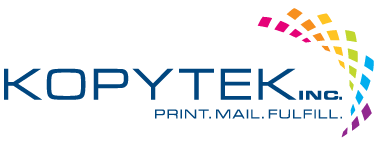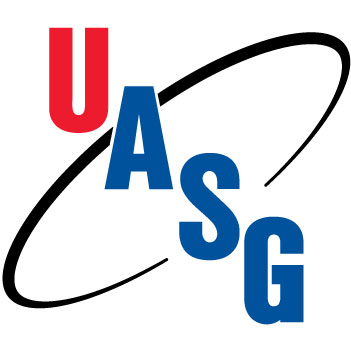#TheEndOfTheHashtag #?
The numbers are in. Hashtags were in 30 percent of Super Bowl 51 ads, down 45 percent from last year. The real winner of the Super Bowl (no, not Tom Brady) was URLs. They overtook hashtags in commercials by 39 percent.
What does this mean for the pound sign turned social media signal? For social media marketing purposes, the tides could be turning.
Hashtags began in the Twitter world as a way for people to find and contribute to different conversations happening across the globe. Although hashtags started out on Twitter, they can now be found on other social media sites, including Instagram, Facebook, Reddit, Tumblr and Google+.
Companies have used hashtags to attract customers and make them aware of new products or campaigns, as seen with the ALS Association’s #ALSIceBucketChallenge. It became a global sensation, helping the ALS Association raise awareness and donations which eventually led to the ALS Association discovering a new ALS gene.
But with the good comes the bad. Examples of companies misusing hashtags are all over (like the disastrous DiGiorno #WhyIStayed incident) and show the dire consequences of unsavvy social media use.
But why make the change to URL use over hashtags? While hashtags are an excellent tool for driving conversation toward products and increasing brand visibility, they do little to help sell a product or offer vital information to customers.
Tell me the brand behind these hashtags:
- #Framily
- #GoodToBeBad
- #HowMatters
- #MadeInAmerica
- #NearlyDouble
Any guesses? Exactly. If a company wants to create a sale in less than 30 seconds (the average commercial length), it needs something that will educate customers. This is where a URL excels. It shows potential customers exactly what brand is in front of them and where they need to go if they have questions or want more information. URLs are a call to action.
Hashtags aren’t going away anytime soon. Browse your Twitter feed, and you’ll see what I mean. But the understanding that they are not a strong, educational marketing tool is rising. Marketers have awkwardly inserted marketing campaigns into a platform that can’t sustain it. URLs drive consumers to websites, increase brand visibility and help drive sales. They were made for this.







